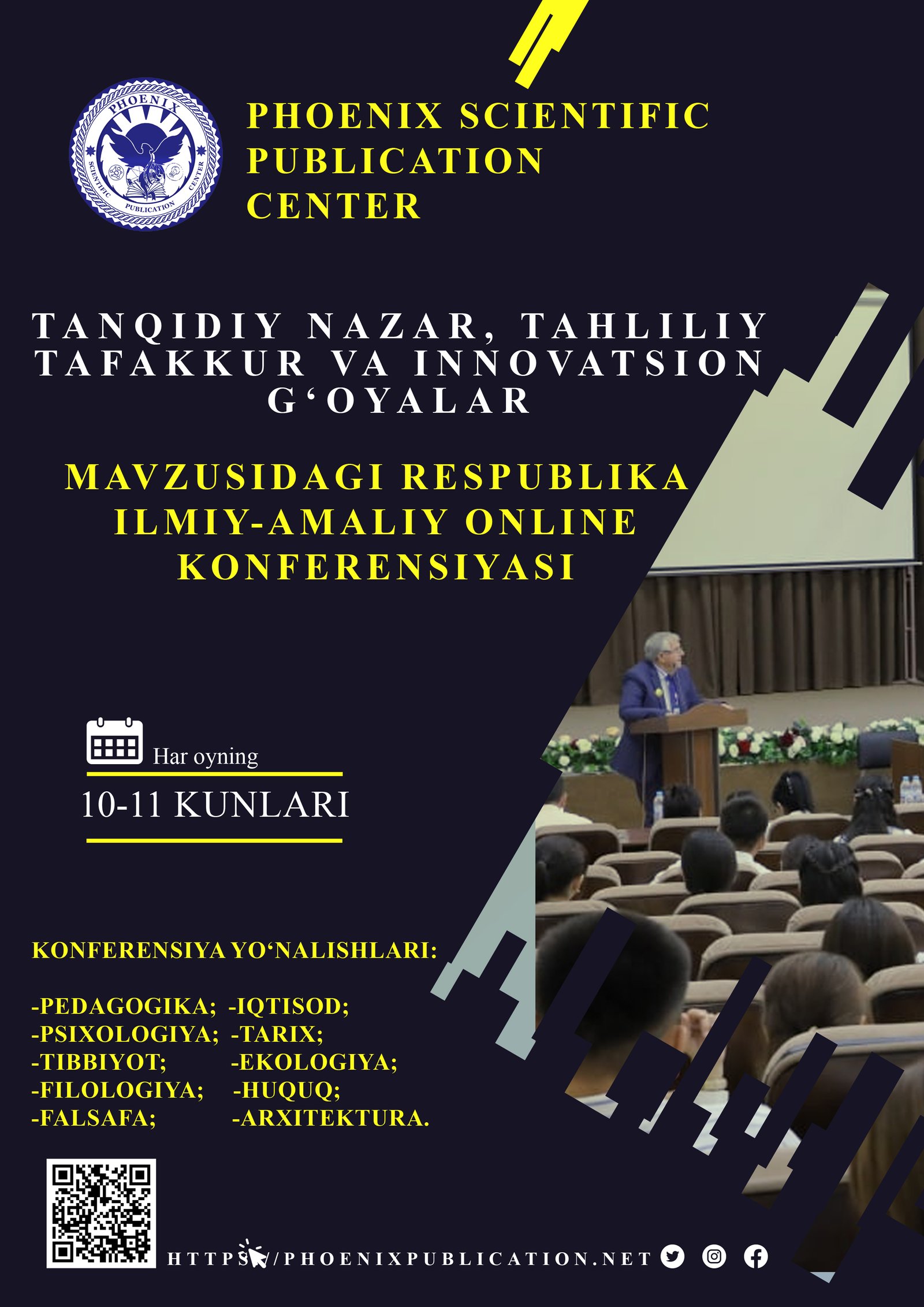Abstract
Technology has revolutionized modern language education, providing new tools and methodologies for both learners and educators. This study explores the impact of digital platforms, artificial intelligence, and virtual learning environments on language acquisition. The research investigates various technological methods and evaluates their effectiveness based on recent educational standards. Findings indicate that technology enhances student engagement, facilitates personalized learning, and improves linguistic competence. However, challenges such as digital literacy and accessibility remain. The discussion highlights the significance of integrating innovative technologies into curricula for improved outcomes.
References
1. Warschauer, M. (2000). "Technology and Second Language Learning." Language Teaching, 33(1), 57-71.
2. Levy, M., & Hubbard, P. (2005). "Why call CALL ‘CALL’?" Computer Assisted Language Learning, 18(3), 143-157.
3. Chapelle, C. (2017). "The Role of Technology in Language Learning and Teaching." Annual Review of Applied Linguistics, 37, 98-113.
4. Godwin-Jones, R. (2018). "Mobile-Enhanced Language Learning." Language Learning & Technology, 22(2), 3-14.
5. Comas-Quinn, A. (2011). "Learning to teach online or learning to become an online teacher?" Computer Assisted Language Learning, 24(3), 218-236.
6. Smith, B., & Schulze, M. (2019). "AI in Language Education: Personalized Learning and Student Engagement." Journal of Language and Technology, 15(4), 45-67.
